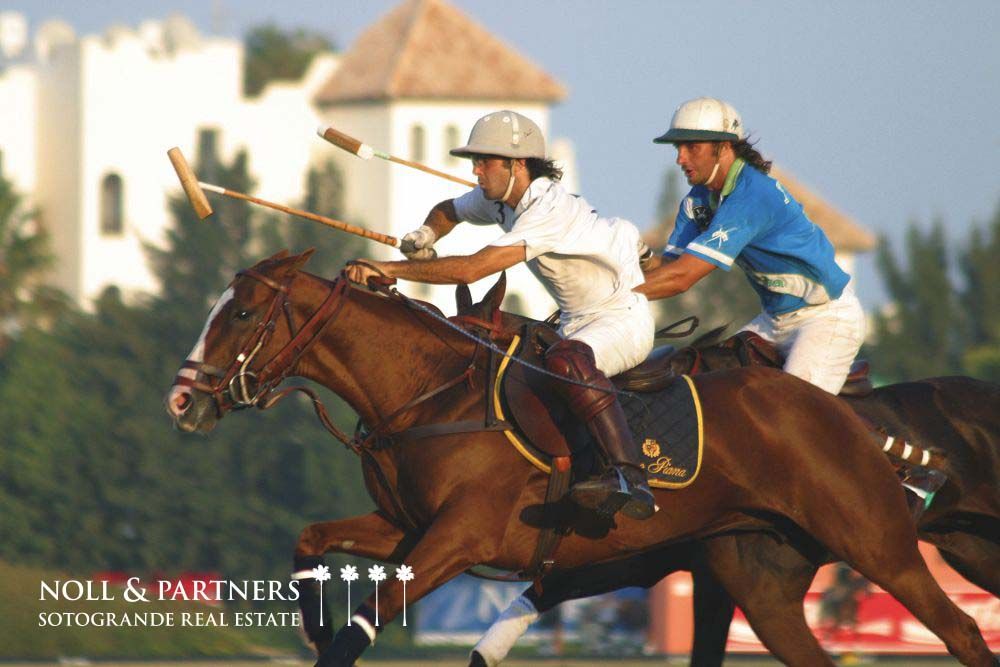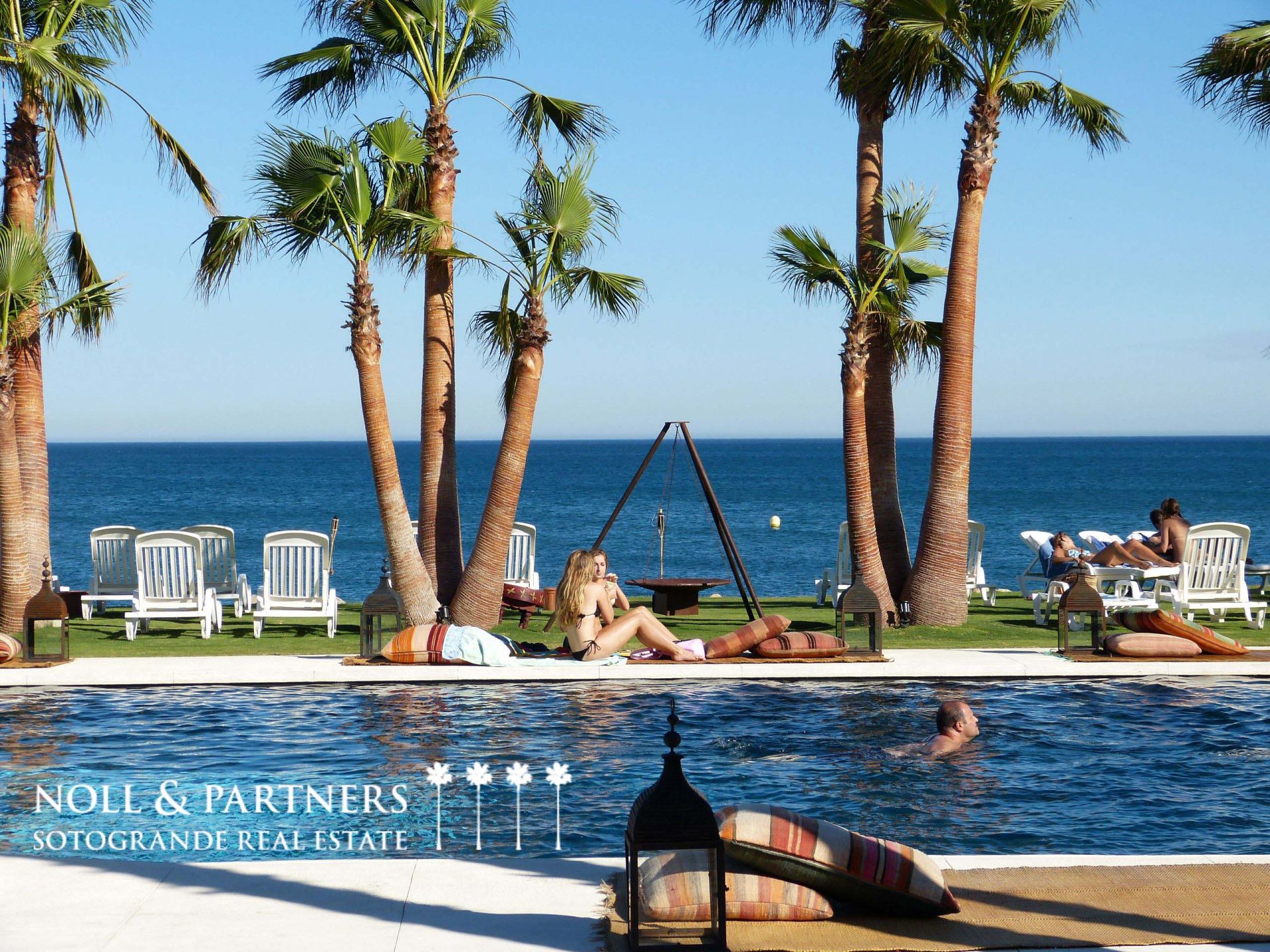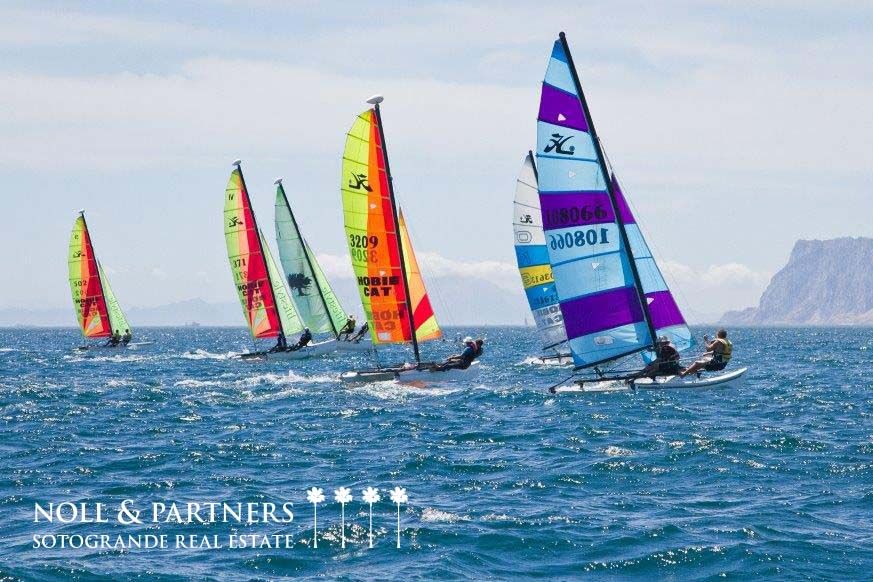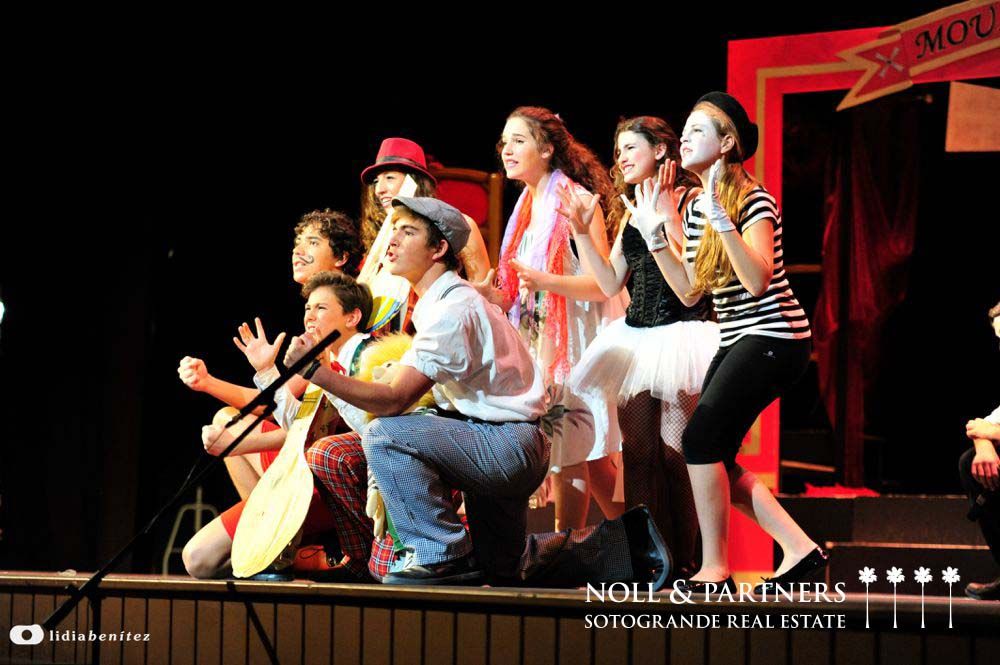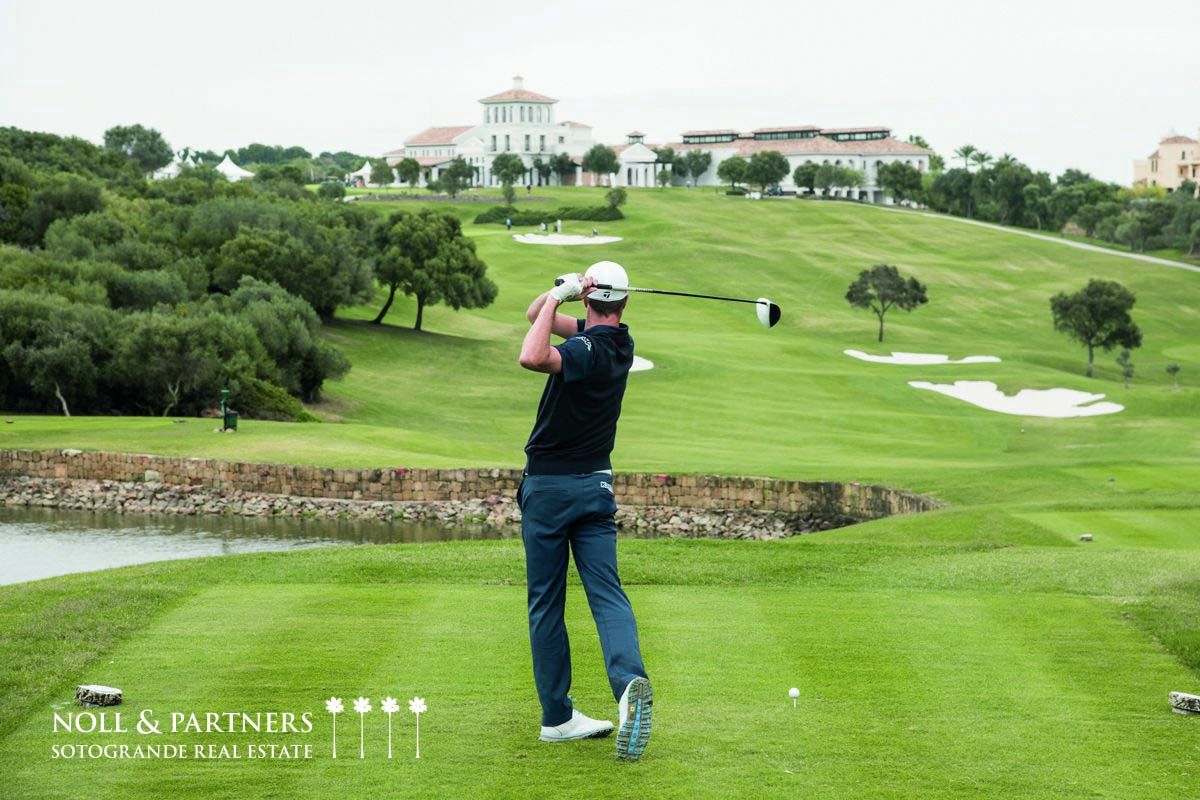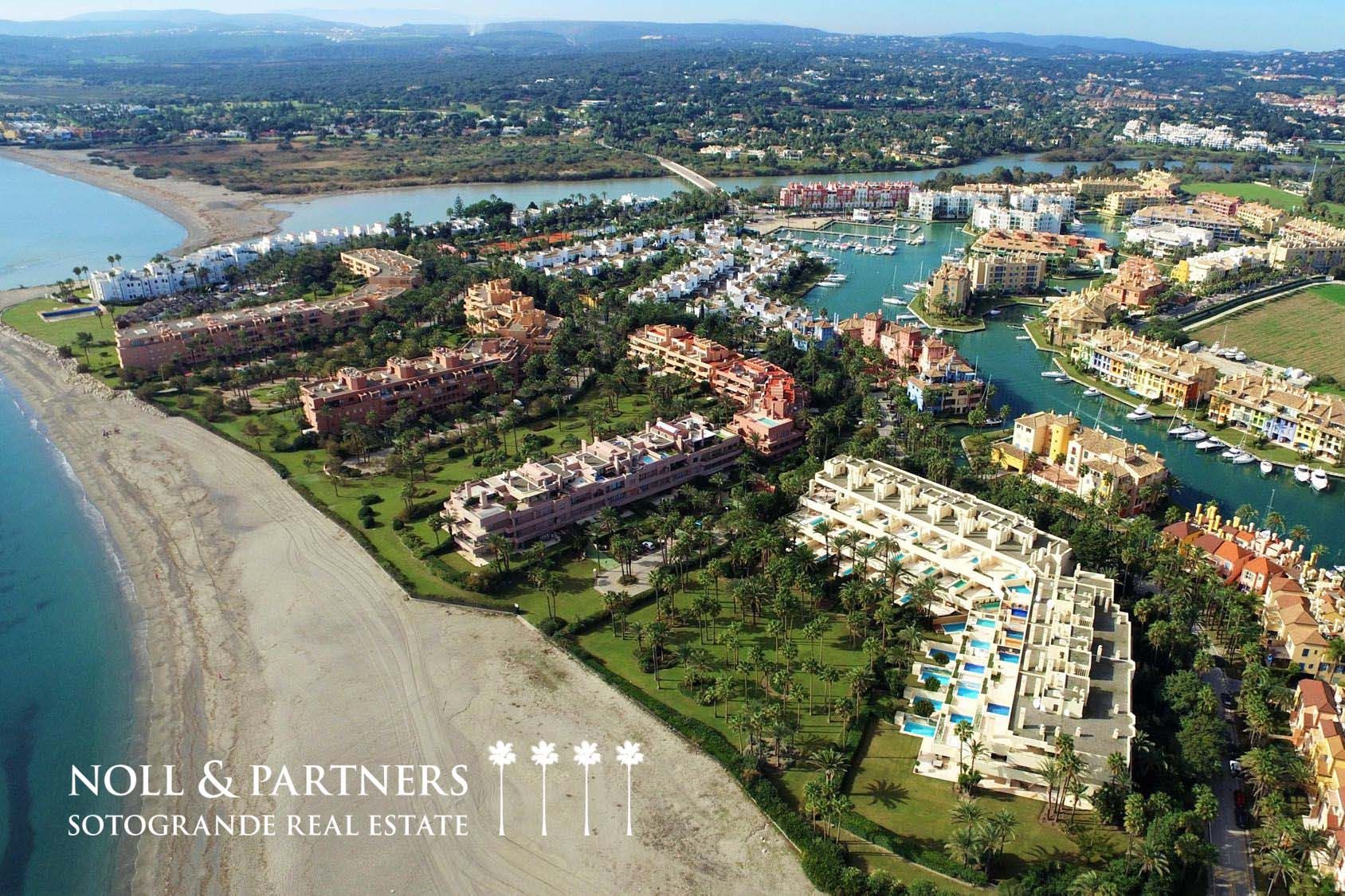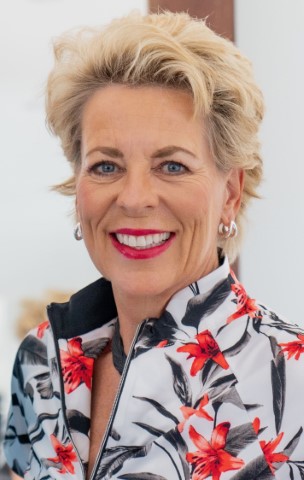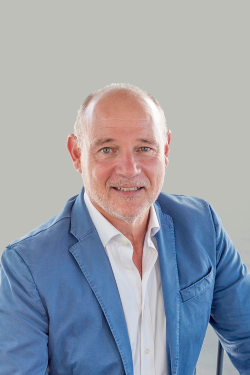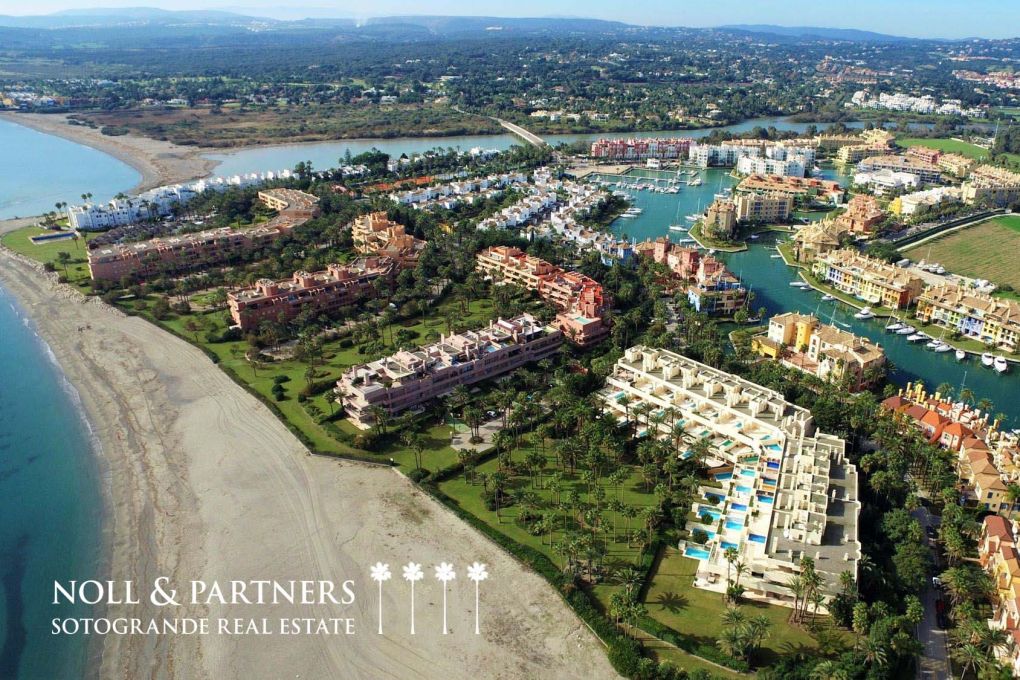
General Update December 2017
The sporting pleasures of golf and the pristine beauty of a golf course have inspired the purchase of countless holiday homes. Buy a property overlooking tree-lined fairways and smooth-as-baize greens and you have a protected natural setting along with ready opportunities to perfect your drives and putts.
Yet there are thorny issues in this lush paradise..
The number of active golfers in Europe is falling just as golf resorts face stiff competition from other sports and leisure destinations. A course alone is clearly not enough to lure today’s sophisticated buyers, so how do elite residential golf resorts preserve their essence while widening their appeal across gender and age divides?
The Golf Participation Report for Europe (2016) from KPMG highlights this problem. From 1984 to 2009, Europe’s golf market experienced an average annual year-on-year growth in registered golfers of around five per cent. Since then, however, numbers have fallen every year and, while the pace of this downward trend has slowed since 2014, golf still faces challenges in becoming truly family friendly, with adult males accounting for two-thirds of all registered European golfers in 2015.
The best resorts have tackled the problem head on by providing a top-quality mix of facilities and thoughtfully designed contemporary family homes. Take, for example, Quinta do Lago, one of Europe’s smartest and best-loved residential resorts, established by property developer André Jordan in the 1970s on 2,000 acres beside the Ria Formosa Natural Park on Portugal’s Algarve coast – just a 15-minute drive from Faro Airport.
Jordan planned a low-density American-style golf resort and, 47 years on, development has stayed remarkably true to his original masterplan. It’s a five-star home from home for golfers, hosting over 100,000 rounds each year, with five courses, two driving ranges and a Paul McGinley golf academy. Its trophy cabinet includes awards for Europe’s Best Golf Destination at the World Golf Awards in 2015 and 2016, and the Editors’ Choice Award in the Best International Resorts category in 2016 and 2017 from Golf Digest.
In 1998 Irish billionaire Denis O’Brien acquired the resort and has continued to invest, retaining the understated and quietly monied atmosphere. If the golf offering is undeniably blue riband, what keeps Quinta do Lago at the top of its game is its high quality and varied multigenerational appeal: water sports, racket clubs, 10 restaurants and bars, exercise studios and a vibrant social scene against a backdrop of discreet 24-hour security patrols.
Two particular points of pride with Quinta do Lago’s CEO Sean Moriarty are The Campus, a multisports training complex that opened this summer, and the new Desso hybrid grass used on the rugby and football pitch. When a resort spends €1.3m on one expanse of grass, Moriarty says, its commitment to excellence is clearly serious. “Sport is the anchor of our business,” he states. “We want to become the premier destination for health, wellness and sports education, with an ever‑present emphasis on service.”
The result is that the average age of property owners has plummeted over the past decade. “Quinta do Lago used to be a retirement home for wealthy golfers, but today 80 per cent of our buyers are in their late 40s to early 50s,” comments Brian Evans, the resort’s golf director. “I still think golf is the major reason people are attracted here, but our offering is so much more diversified. While golf may be declining in the UK, here we are seeing player numbers rise as the family-friendly nature of the resort attracts younger members.”
Property choices reflect these changes, with a shift from the traditional to the contemporary. Out go Spanish colonial villas with terracotta roof tiles and arched windows and in come angular lines and unfussy modernity with villas that are increasingly super-sized, both in square metres and price. Alison Buechner Hojbjerg, director of Savills associates Quinta Properties, has sold homes on the resort for two decades and 2016 was her strongest year, completing 42 sales for a total in excess of €92m.
“There has been a distinct evolution in resort architecture as buyers become more sophisticated and knowledgeable,” she says. “The result is that Quinta do Lago has gone from great to amazing. Homes carry a serious premium because they are in a beautifully maintained, secure oasis with exceptional infrastructure. Owners understand the value and financial security it provides. Leave the resort’s manicured grounds and prices immediately fall by a third.”
Current examples available through Quinta Properties include a sleek contemporary mansion on the fourth hole of the San Lorenzo course, featuring a 6m-high front door, domotic control systems with central locking for the entire house, three pools and a splendid cinema room with – of course – a golf simulator. The sale price is “in the high-teen millions”, says the British developer, who built his own similar-sized contemporary villa in the same area.
Contemporary properties are also a feature of Denis O’Brien’s second Iberian golf location, PGA Catalunya Resort, 45 minutes north of Barcelona. The resort opened in 1999 with the Stadium course (awarded best in Spain by Golf World), which was followed in 2005 by the Tour course, and its first accommodation, completed in 2009, sidestepped traditional resort architecture with its distinctly modern appeal. A prime example is the one-off Studio RHE – La Vinya villa (€2.8m), designed by Richard Hywel Evans, with four bedrooms and expansive windows overlooking the Tour course and Montseny Massif.
“We consider Quinta do Lago and PGA Catalunya to be lifestyle resorts rather than golf resorts,” says Emmet O’Neill, chairman of both locations. “Golf is an important offering, but our resorts cater for everyone. The idea is to create destinations where people can spend time with friends and family, and at PGA Catalunya we have had the opportunity to implement our vision right from the beginning.”
A similar modernising dynamic is underway at Sotogrande, the Andalucian resort between Marbella and Gibraltar established in 1962. Royals and celebrities have come to practise their swing on Sotogrande’s three courses, its fame cemented in 1997 when the Ryder Cup was held on the Real Club Valderrama course. Alongside golf, tennis and gym facilities, it is home to four polo clubs, a 1,400-berth marina and a popular international school with 850 students.
“Sotogrande is at a crossroads of generations from the baby boomers to the millennials,” says Marc Topiol, CEO of Sotogrande SA. “Its next chapter is based on the same principles as in the 1960s: laidback luxury offering a multitude of things to do. That Sotogrande has three of the world’s best golf courses is a pull, but is only part of the overall experience.”
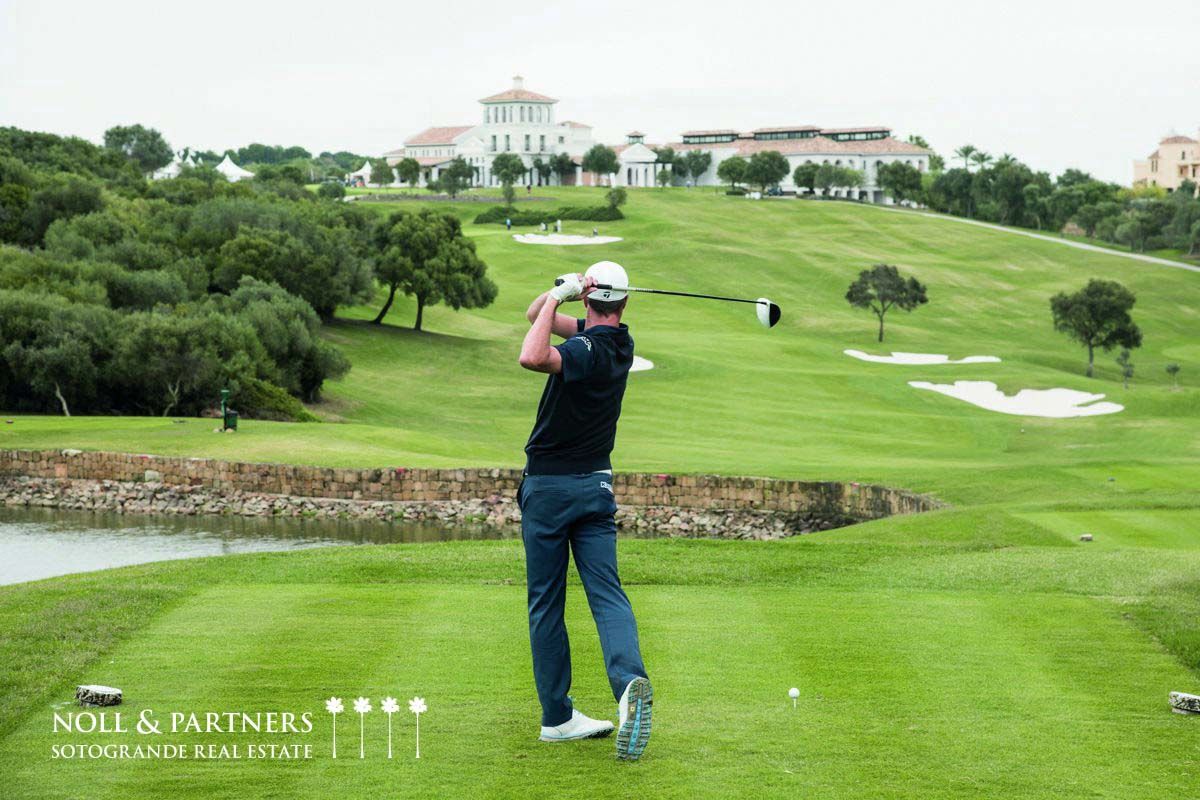
La Reserva Club, at the resort’s highest point, which has an existing clubhouse and 18-hole golf course, is the latest piece in Sotogrande’s residential jigsaw. New additions include a racket club and running, cycling and horse-riding trails, with plans for a beach club, swimming lagoon and health and holistic spa, all for the exclusive use of members and owners of the eventual 600 properties. Prices at La Reserva Club start from €2m, but it is The Seven – 2,000sq m homes in one-hectare plots designed by seven invited contemporary architects – that developers hope will prove irresistible. Each of The Seven (from €13.5m to over €20m) is wonderfully unique, one with four individual pavilions carved into rock, one circular, another built around a curved timber frame.
“Purchasing at Sotogrande has never been purely because of our iconic golf courses,” says Topiol. These are historic, irreplaceable courses that will continue to attract golfers from around the world irrespective of the growth or stagnation of the sport. Families, meanwhile, are attracted by all that Sotogrande has to offer, including one of the region’s best international schools. It all comes together as one package.”
Away from Europe, Barbados and Mauritius are two islands with considerable appeal for golfers. Mauritius, in the Indian Ocean, has used land once dedicated to growing sugar cane to create many of its top-calibre courses, with designers including Gary Player and Ernie Els. Foreign buyers have been allowed to purchase on government-approved resorts since 2002. Tamarina and Anahita were two successful golf-estate projects and now Villas Valriche, 40 minutes from the airport in the south, is selling two- to six-bedroom detached homes ($833,000-$6.458m through Sphere Estates) alongside the championship golf course.
In the Caribbean, Kieran Kelly, chairman of Chestertons Barbados, estimates that 70 per cent of his buyers are golfers. “Barbados is 23km by 34km with seven golf courses,” he says. “Beachfront homes still command top prices, some 40 to 50 per cent above a comparable golf-course villa, but demand for a holiday home on a golf course remains considerable. Numbers of completed sales on golf resorts are back to pre-2008 levels, while prices are still 15 to 20 per cent lower than they were then.”
Buyers looking for a home beside the greens can choose between Sandy Lane, Royal Westmoreland or Apes Hill. All three offer beach clubs, tennis courts, gyms, smart clubhouses and, in the case of Apes Hill, extensive polo and equestrian facilities.
Golf was first played at the exclusive Sandy Lane Estate in 1961. Today owners include entrepreneurs and celebrities who appreciate the heritage and privacy it offers. Bluff House & Cottage, a six-bedroom villa with a two-bedroom guest building, all ensuite, is priced at $12m through Savills. The interiors are pared-back and elegant, coral stone has been used throughout the villa and there’s a private footpath to the beach, but the deal maker for avid golfers may well be its proximity to Sandy Lane’s three magnificent courses. Even as golf evolves for a new generation, the simple pleasures of playing a round remain remarkably similar.
